|
When one meets David Noto, you can’t help but notice the twinkle in his eyes and spirited personality. He is the owner of Altaneve, a winery located in Valdobbiadene, in northeastern Italy. When I met David three years ago at a wine event, his first question to me was, “Do you like Prosecco?” “Indeed,” I answered. “Well then, you must try my wines.” Long story short, I did try his wines and was quite impressed. However, it is not only the impressive wines; it is the man behind the wines and the particular region of Italy where his vineyards are located. David’s path to becoming a wine producer was not a straight one, but given his family history and “winemaking” in his DNA on his father’s side, it makes sense that the path eventually led him back to his roots. David is 10th generation, if not more, in a long line of Italian winemakers. His ancestors owned vineyards and farmland inland in the hills of Reggio Calabria. Breaking with tradition, David’s grandfather moved the family from Calabria to Genoa in the early 1900s so that David’s father could live a more metropolitan lifestyle and receive a broader education. His father graduated college with an engineering degree, moved to New York, and became well known for building skyscrapers. Born in New York City, David followed in his father’s footsteps, earning a mechanical engineering degree and then an MBA from Columbia Business School. I asked David to tell me more about his family history and himself. David: “My family made red wine that sold as far north as Rome under the Fulco family name (the last name of my grandmother). My grandfather (Salvatore Noto) had land as well and also made wine. During those times, winemakers were farmers who grew grapes and generally made bulk table wine sold in damigiane. (a narrow-necked bottle holding from 3 to 10 gallons of liquid) Between WWI and WWII, when Calabria was in a dire recession and poverty was at an all-time high, my grandfather decided to move the family north to Genoa in search of more opportunities. My father studied Civil Engineering at the University of Genoa. Like a good Italian son, I followed in Papà’s footsteps and also became an engineer. After successful jobs in civil engineering, environmental engineering, mechanical engineering, management consulting, and finance technology, I studied for an MBA. I then decided to follow my passion and make my favorite wine: Prosecco.” So, what was your “aha” moment that sent you on this path? David: “Towards the end of my MBA studies (2009-2010), I lost all personal gratification in my corporate finance technology job and realized that I was working in the wrong field. So I started to look at other career options. After graduating, an MBA classmate jokingly suggested that I launch a Prosecco company. It’s as if a lightbulb went off at that instant. I spent the whole night thinking about the idea and then began researching the wine sector and the Prosecco category over the next several months. Once I realized that there was space for a high-quality, high-end product in the US market (and the world), I spent the next two years traveling back and forth from Valdobbiadene to NYC, researching winemaking facilities, vineyards, etc. Finally, I formally launched Altaneve in the spring of 2013.” David’s pursuit of land and vines led him straight to the Prosecco Superiore DOCG region, specifically Valdobbiadene, where wine has been produced for over 2000 years. The Glera grapes used to make Prosecco have grown here for more than 1000 years. David harvests five hectares (12.3 acres) of vineyards for his wine and has a team of top-notch winemakers and agronomists to produce these elegant and delicate wines. The Territory About 26 miles north of the Treviso airport in the Veneto region of Italy are the small and picturesque towns of Conegliano and Valdobbiadene. These enchanting towns are the home of Conegliano Valdobbiadene Prosecco DOCG and Prosecco Superiore DOCG where some of the finest Prosecco is made. Conegliano Valdobbiadene has ancient origins of vine growing dating back to the Roman Empire, but the first written documentation connecting Prosecco to this area is 1772. The DOC was established here in 1969, and the historic production of Prosecco has been limited to 15 communes. In 2009, Conegliano Valdobbiadene Prosecco DOCG certification was issued. In 2019 the Prosecco hills of Conegliano-Valdobbiadene were recognized as a UNESCO World Heritage Site. It is a countryside filled with hills and rolling slopes rising from the Piave River. From early origins, a glacier slid down from the Dolomites and came to rest in a valley that eventually became the riverbed of the Piave. The river begins in the Alps and flows into the Adriatic Sea. The local soil is attributed to this glacier and can vary depending upon the slope of the hill. Some areas contain rock, sand, clay, and iron oxides. In areas unaffected by the glacier, the soils consist of marls and sandstone and are less deep and more porous. Because Conegliano Valdobbiadene is situated between the sea and Pre-alps, the area experiences a mild climate with constant breezes. Vineyards have excellent sun exposure and benefit from the altitude and broad differences between day and night temperatures. The slopes, micro-climate, sun exposure, and various soils are ideal for growing Glera grapes and producing sparkling wine. Between the hills of Valdobbiadene are the vineyards of Valdobbiadene DOCG and Valdobbiadene Superiore di Cartizze DOCG known for producing some of the finest quality sparkling wines.Altaneve has been designated a Valdobbiadene Prosecco Superiore DOCG. The wines are made from 100% Glera grapes grown exclusively on the steep hillsides in this special region. With a backdrop of the snow-capped peaks of the Dolomite Mountains, it makes sense that David named his company Altaneve, which means “high snow” in Italian. The Glera grapes in the Altaneve vineyards are on average 30-years-old, with some vines that are 90 years of age. They come from the oldest vine clones and have higher complexity and more pronounced taste than grapes from nearby towns. As David says, “In Valdobbiadene, we are very nationalistic to our town, and we tend to keep our older vines and clones uniquely within Valdobbiadene.” All vineyard work and harvesting are done by hand due to the steep slopes. Unlike Champagne which goes through its second fermentation in the bottle (traditional method), Prosecco is made using the Charmat-Martinotti method, where the second fermentation takes place in stainless steel tanks. All of the Altaneve wines are natural, sustainable, and vegan. Due to the Glera grape’s moderately high acidity and typical characteristics of white flowers, peach, melon, and pear, it is the perfect grape for sparkling wine. What is one of the hardest things you face in the vineyards and production, year in and year out? David: “Caring for the vineyards is an essential and challenging part of our job, especially in the super steep Valdobbiadene region where our vines are planted on steep slopes and must be cared for and harvested by hand. This time-consuming, manual task is a labor of love; my colleagues and I agree that these vineyards are a patrimony, and we must care for them as such. However, concerning production, the most problematic aspect is judging how much wine to produce and when. One of the most important qualities of a well-made Prosecco is that it is fresh, so we employ just-in-time practices in that we bottle the wine only when we need it. So we have very little stock on hand, and the freshest bottles are on store shelves. Due to our extended secondary fermentation processes, we generally have four to six-month lead times for bottling most of our wines. So if a particular wine runs out of stock in the US, we also have to add four to six weeks of shipping time as well. Demand for our wines has not been linear, so we have run out of stock on several occasions at exactly the wrong time of year, and THIS has been our most difficult issue, year in and year out.” Have you faced any challenges with production due to Covid? David: “I have spoken with many colleagues over the past year and a half, and Covid has been a boon for many wine companies. But it has also had a crippling effect on sales for micro-production wineries with small marketing budgets. Due to having a US importer/distributor that focused on on-premise sales at the beginning of COVID, Altaneve sales plummeted while most restaurants closed temporarily or permanently. Luckily, at about the same time as we lost on-premise sales, Altaneve received great ratings online, and our online sales picked up significantly. Unfortunately, we were not able to make up for all of our on-premise sales losses, but it helped us finish 2020 without having to suffer tremendously.” How many bottles of wine do you produce yearly? David: “The quantity of wines we produce is small, and we do this with the idea of maintaining high quality in each step, from the cultivation to the harvesting, through the winemaking and bottling processes. I chose this career as a passion, so I want to make sure that every bottle contains wonderful wine, and to do so, I intentionally keep the quantities low so we do not have to cut corners in a rush to produce mega amounts of wine. I also think that smaller batches that are bottled over the year allow for the freshest possible wine on the shelves at stores and restaurants. Here are the current quantities we produce:
Would you please elaborate on the wines you selected and sent to me? David: “I make a very micro-production of these wines. Simple as they might be, they are pure and unique in their own right and very different (in my estimation) from the generic Prosecco that is found on the shelves in the USA (and the world, for that matter!).” Altaneve Valdobbiadene Prosecco Superiore DOCG David: “The Altaneve DOCG is 100% Glera that is grown on our steep vineyards in the hamlet of San Pietro di Barbozza, within the small township of Valdobbiadene. My idea for creating this wine was to make the pinnacle of what Prosecco should be: crisp, round, floral, and approachable with a pleasing, balanced minerality and a velvety perlage. My love of this wine and the difficulty of finding anything like it in the US is the main reason why I launched Altaneve.” Altaneve Z Valdobbiadene Prosecco Superiore DOCG David: “The “Altaneve Z” (100% Glera) was created with my multi-generational winemaker to extend the boundaries of Prosecco, and create a Prosecco for Champagne lovers. The goal was to produce a wine with the crisp freshness of Prosecco and the dryness, depth, and complexity that approaches the champenoise-method for secondary fermentation. We use an antique vineyard plot planted with some of the oldest Glera vines and vine clones in existence. We harvest this plot later than any other so the grapes have a healthy amount of sugar so we can extend the secondary fermentation to seven+ months (most Proseccos are 10-20 days).” Altaneve Rosé This rosé is a blend of 70% Pinot Nero grown in Oltrepò Pavese in the Lombardy region and 30% Glera sourced from Valdobbiadene. David: “The Altaneve Rosé, which is not a Prosecco, was created to showcase the best qualities of Pinot Noir in a manner that would capture the approachability and freshness of Prosecco. The mineral-rich, floral Glera of our vineyards softens the acidity of the Pinot Noir and rounds the flavor profile while still maintaining the body, structure, and fruit of the Pinot Noir.” All of the above sparkling wines are elegant and infused with memorable floral bouquets, fine perlage, and a lovely treat for the palate! David divides his time between New York and Valdobbiadene and is hands-on with every harvest. His little dog Caoilie, Altaneve’s official mascot, goes everywhere with him, including harvest time. Although David has no formal training as a winemaker or viticulturist, he hopes to enroll in the oenology school in Conegliano as soon as time permits. David said, “I was raised in a winemaking family, and my father, aunts, and uncles have taught me about the understanding and appreciation of wine my entire life. Education in the field is important but almost as important is a developed palate, most especially in the field of wine, where nuances in wine are only acquired through tasting a wide variety of wine, good, great and bad.” What “pearls” of wisdom were handed down to you that are part of your work ethic and influence your winemaking? David: “My father always told me to respect mother nature (the ground, the plants, etc.) because the wine is a product of nature. He told me that even the best winemaker needs great grapes to make great wine, and these grapes come from the vines that have to be nurtured with respect and care. If you don’t care for your plants, and you neglect them, they will suffer. This teaching has assisted me in my current career and my life in general because it relates to all jobs and relationships as well.” I once referred to David as a “renaissance man,” which he truly is. His knowledge and proficiency in so many fields are noteworthy. And his passion for making exceptional Prosecco is much appreciated by this writer!
Until next time... Cheers! Penina To leave a comment or if you have an inquiry, please contact me at [email protected] This story was originally published in Santé Magazine. My last post took us to Valdobbiadene, a town in the province of Treviso, in northeast Italy, which is the heart of the “world of Prosecco”. Before we leave this beautiful and historic region, I ‘d like to talk about a noteworthy wine producer. A few months ago I was introduced to David Noto, the owner and importer of Altaneve. One of David’s first questions to me was “do you like Prosecco?” “Indeed”, I answered. “Well then, you must try my wines”. And, after an animated exchange and swapping of business cards, David sent me a few bottles of his sparkling wine. David comes from an Italian winemaking family that stretches over 10 generations. Breaking with tradition, his grandfather moved the family from Calabria to Genoa in the early 1900s so that David’s father could live a more metropolitan lifestyle and receive a broader education. His father graduated college with an engineering degree, moved to NY and became well known for building skyscrapers. David, who was born in NYC, followed in his father’s footsteps, earning a mechanical engineering degree. In addition to his European community and NY projects, David has an impressive resume that includes an MBA from Columbia Business School. Although David and his father diverged from the family roots of winemaking, David became an expert on Prosecco. When he returned to New York in 1999, David soon discovered that he couldn’t find quality Prosecco locally. With winemaking in his DNA and his knowledge of this sparkling wine, it was a natural segue for David to direct his time and energy towards making a worthy wine to introduce to NY and beyond. So, David returned to Italy in pursuit of land and vines to make Prosecco. He went straight to Prosecco Superiore D.O.C.G. region, specifically Valdobbiadene where grapes for winemaking have grown for over 2000 years. The name Altaneve literally means “high snow” in Italian. With a backdrop of the snow-capped peaks of the Dolomite Mountains and temperate microclimate, Glera grapes grow here on steep vineyards in soils of clay, limestone, marl and marine sandstone. Above photos courtesy of Altaneve Altaneve was launched in May, 2013. Altaneve is a reflection of David’s desire to produce high-quality sparkling wines. He works with a top team of winemakers and agronomists to produce these elegant and delicate wines. And although David lives in New York, he travels several times a year to visit his land in Valdobbiadene. Altaneve Prosecco Superiore D.O.C.G is 100% Glera grapes that are handpicked and hand selected from Valdobbiadene. The color is pale straw with a beautiful floral bouquet, pear and hints of stone fruit. Fine perlage, creamy texture and subtle layers of white flowers, pear and honeydew melon delight the palate. Crisp and balanced with a hint of lemon zest on the finish. Serve as an aperitif or with light food. Alcohol: 11.5% SRP: $30 Altaneve Rosé is 70% Pinot Nero and 30% Glera The Glera grapes are grown in Valdobbiadene and the Pinot Nero grapes are grown in Oltrepò Pavese in the Lombardy region. The color is soft salmon with delicate aromas of red berries and floral. The palate offers a fine perlage and soft foam with strawberry, floral and a touch of zest on the finish. Beautifully balanced, crisp and elegant. This wine will pair well with almost any style of food. Alcohol: 11.5% SRP: $33 The wines of Altaneve are a treat and I look forward to tasting more of these sparkling wines. If you’ve never been “moved” by Prosecco, I urge you to try Altaneve. The wines will seduce your palate and give new meaning to the word “Prosecco”. Bravo, David!
Cheers! Penina To leave a comment or if you have an inquiry, please contact me at [email protected] |
Categories
All
|

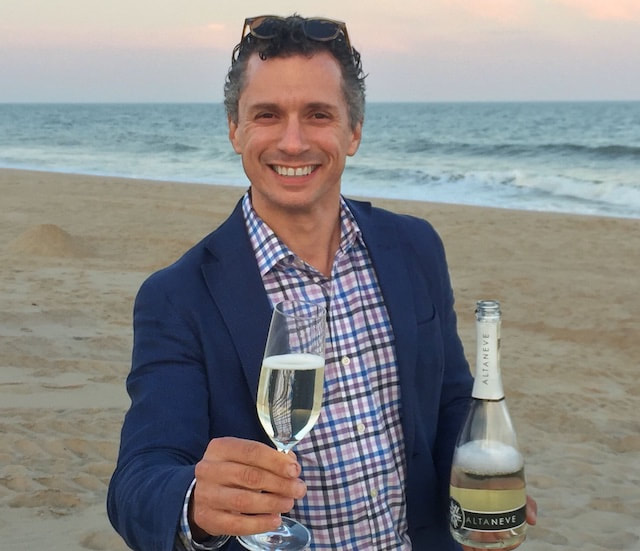
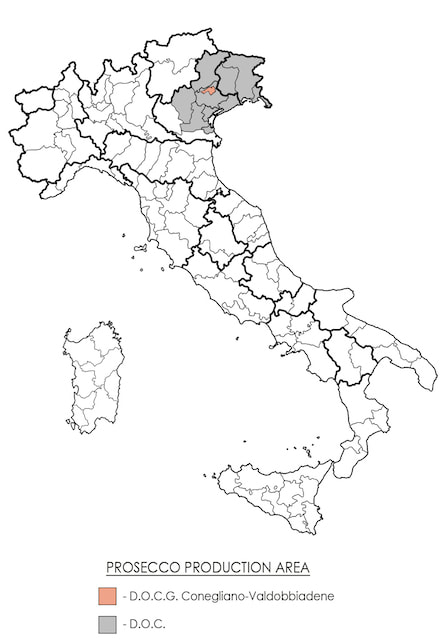
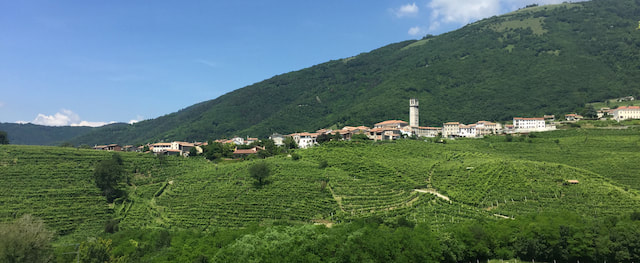
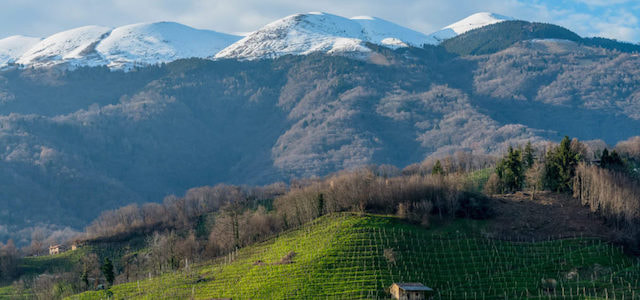
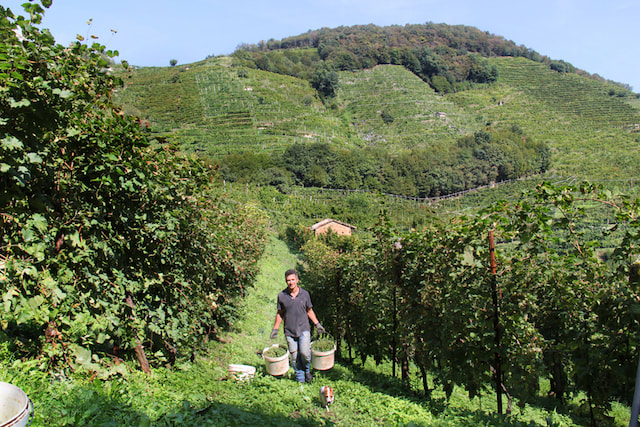
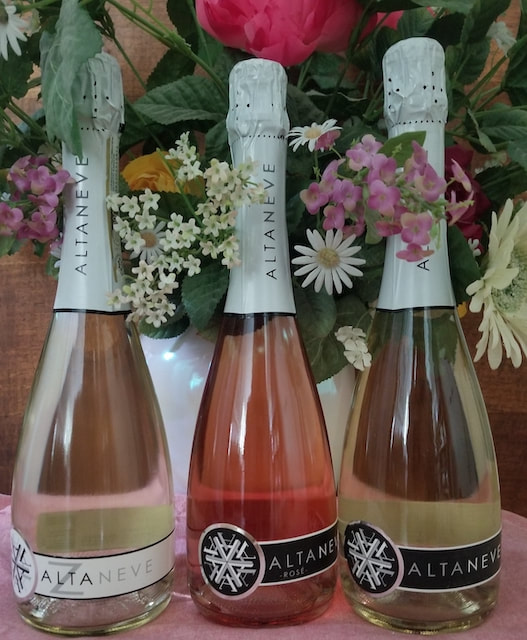
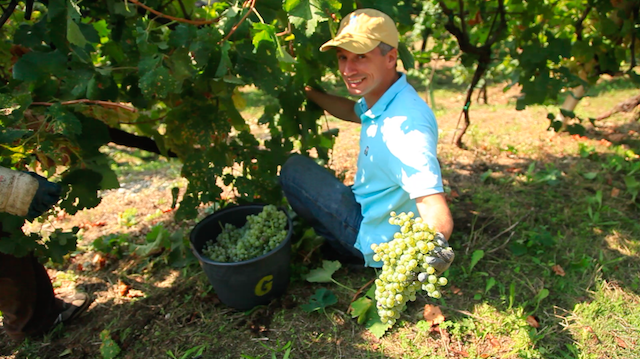
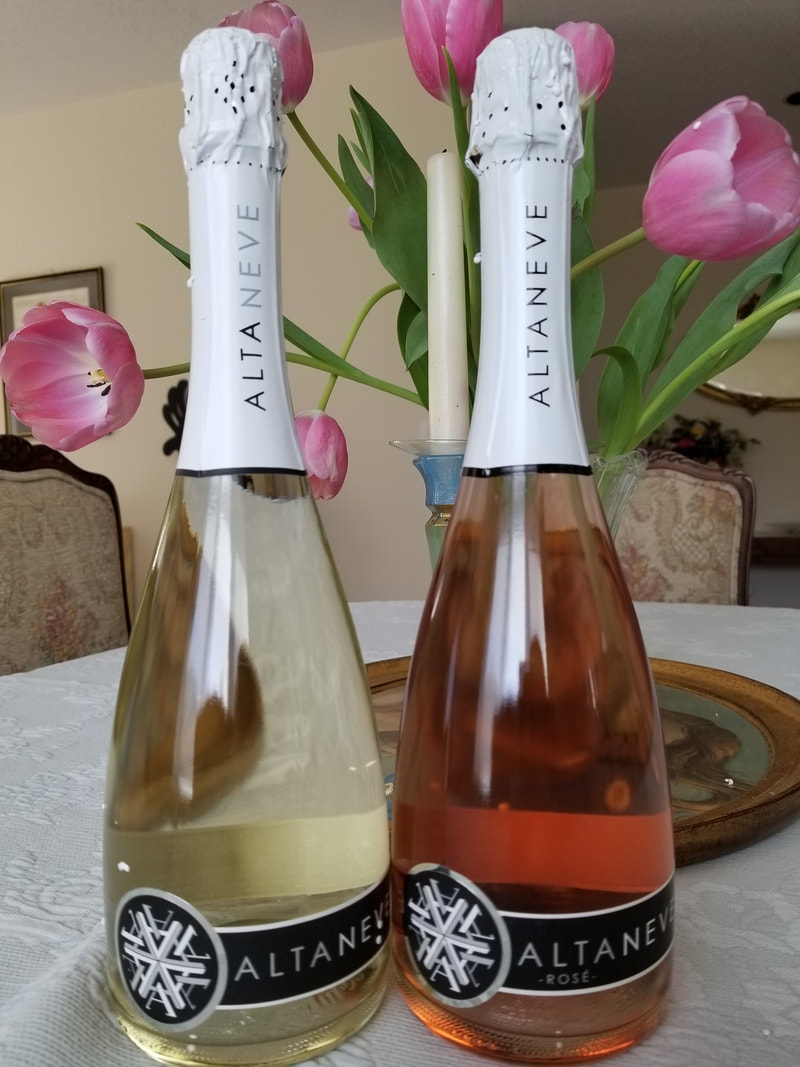
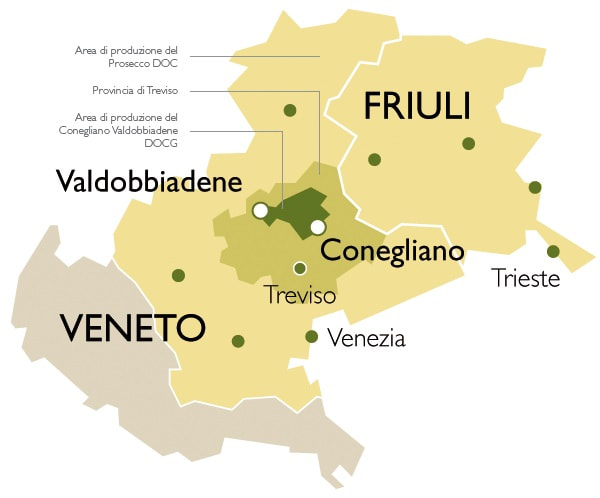
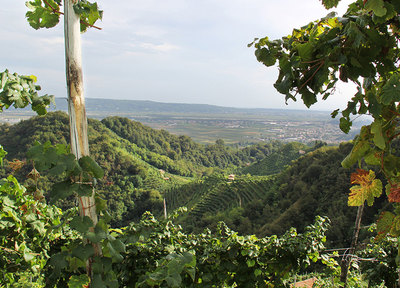

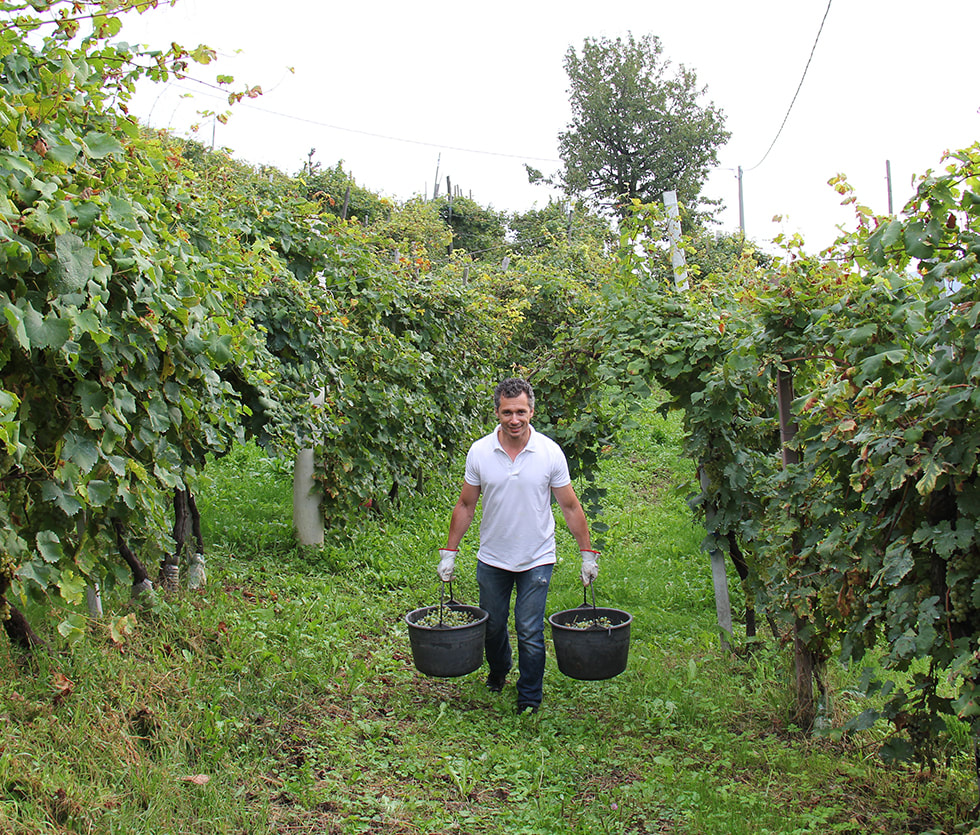
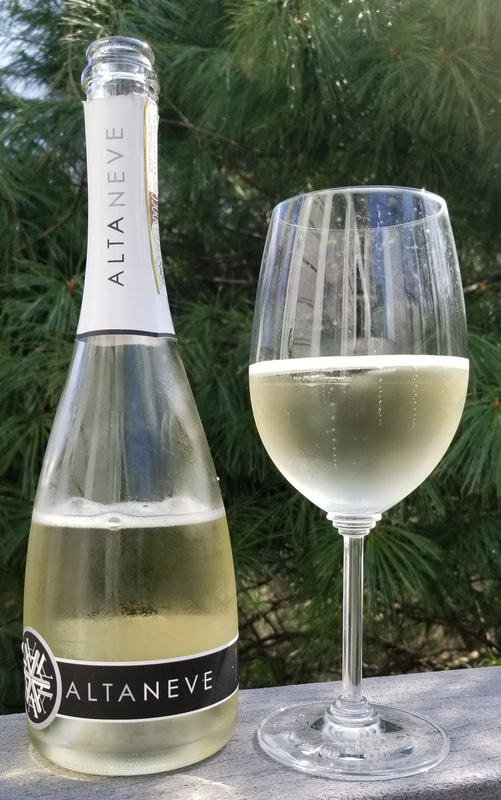
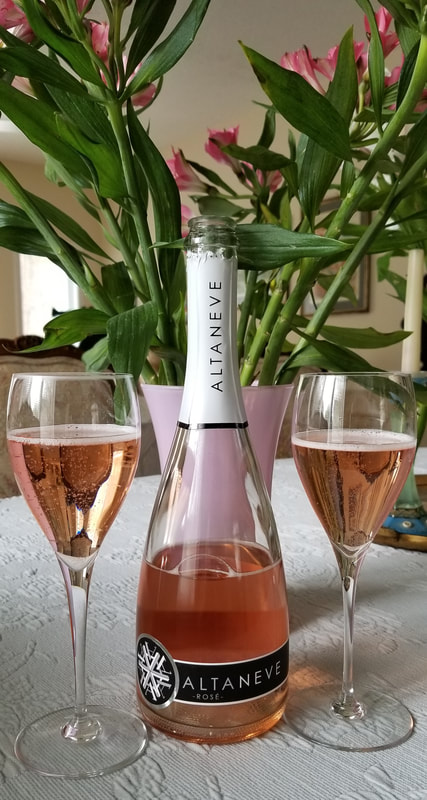
 RSS Feed
RSS Feed